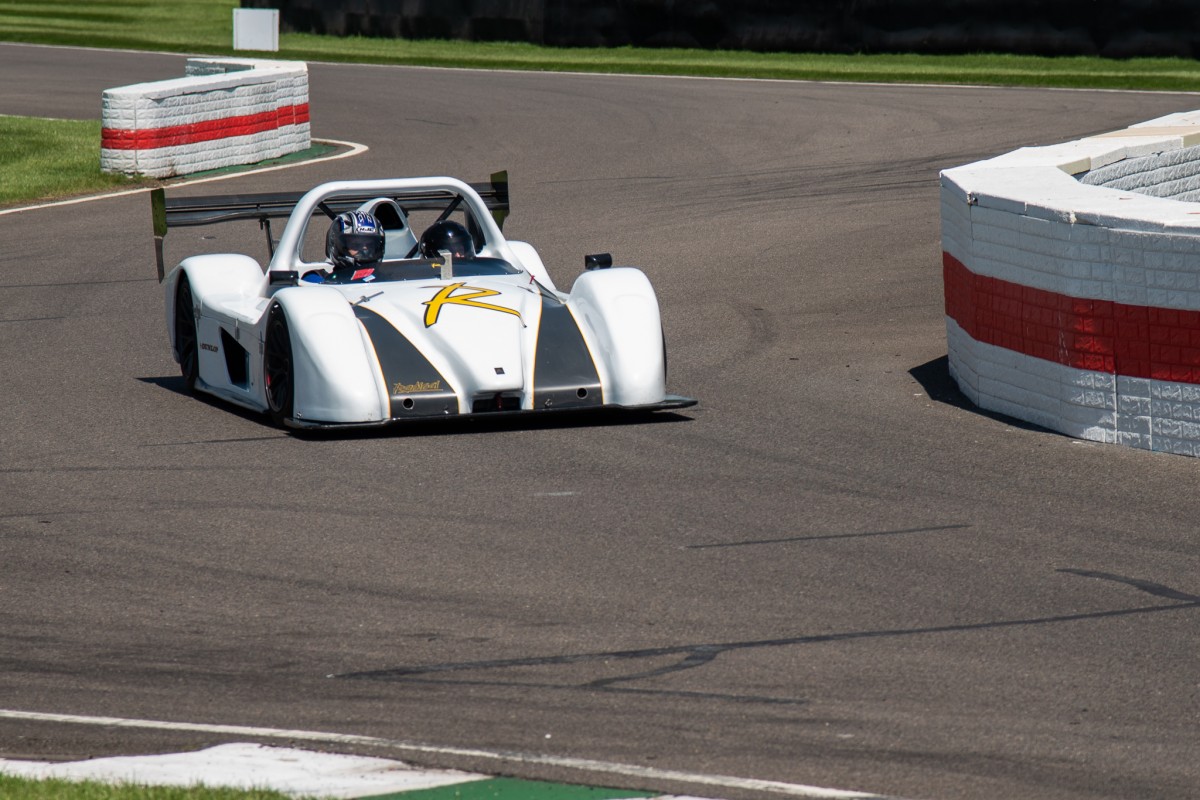Last week, Trys introduced me to the world of motorsport. We visited Goodwood Motor Circuit and Trys taught me all about motorsport photography- there was a lot to take in!
I visited Goodwood in 2010 when I was part of my year 6 class' kit car team, but I couldn't remember anything about it, so I was excited to visit again and appreciate the site. I recognised parts of it when we arrived, but was still blown away by the whole site and appreciated it on a very different level.

I absolutely loved Goodwood and we ended up going back 2 days later to do it all again! It blew my mind that on 'track days' we could turn up for free and just watch all of the cars racing around. I don't know what I was expecting, but I certainly wasn't expecting cars to be driving around the track almost constantly for hours on end. With the airfield too, there was so much to look at, and I was even lucky enough to see the Spitfire take off twice, and watch a bomber plane fly around.

From our visits, I have learned that I lack taste in cars. What I think is an ugly car tends to be a real classic model that is generally very highly regarded in the industry...oops! However, it wasn't necessarily the fancy cars I enjoyed, though there were certainly some very impressive ones! It was the challenge of motorsport photography that I enjoyed most. I've never tried capturing moving objects before, so this was really different from anything I've done before.
Here are some tips, from a beginner, for motorsport photography:
To capture the motion of the car, use a shutter speed of 1/200 or less. The closer the shutter speed is to 1/200, the easier it will be to capture a sharp image. However, with. a shutter speed of 1/200 the more the background will be in focus / visible. With a shutter speed of 1/50 or less, the background will be really blurred, but it is much harder to capture the car in focus.
Below some examples of the effects of shutter speed:
Left Image: 1/200
Central Image: 1/100
Right Image: 1/60
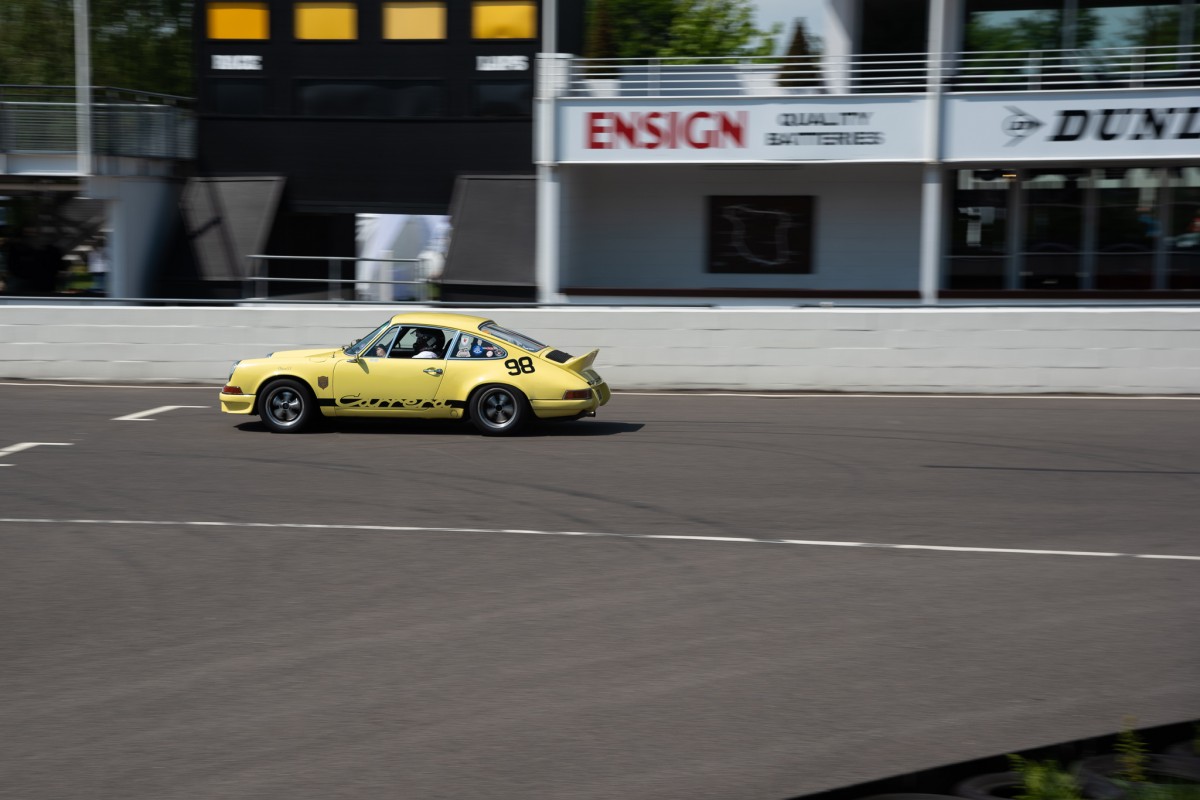
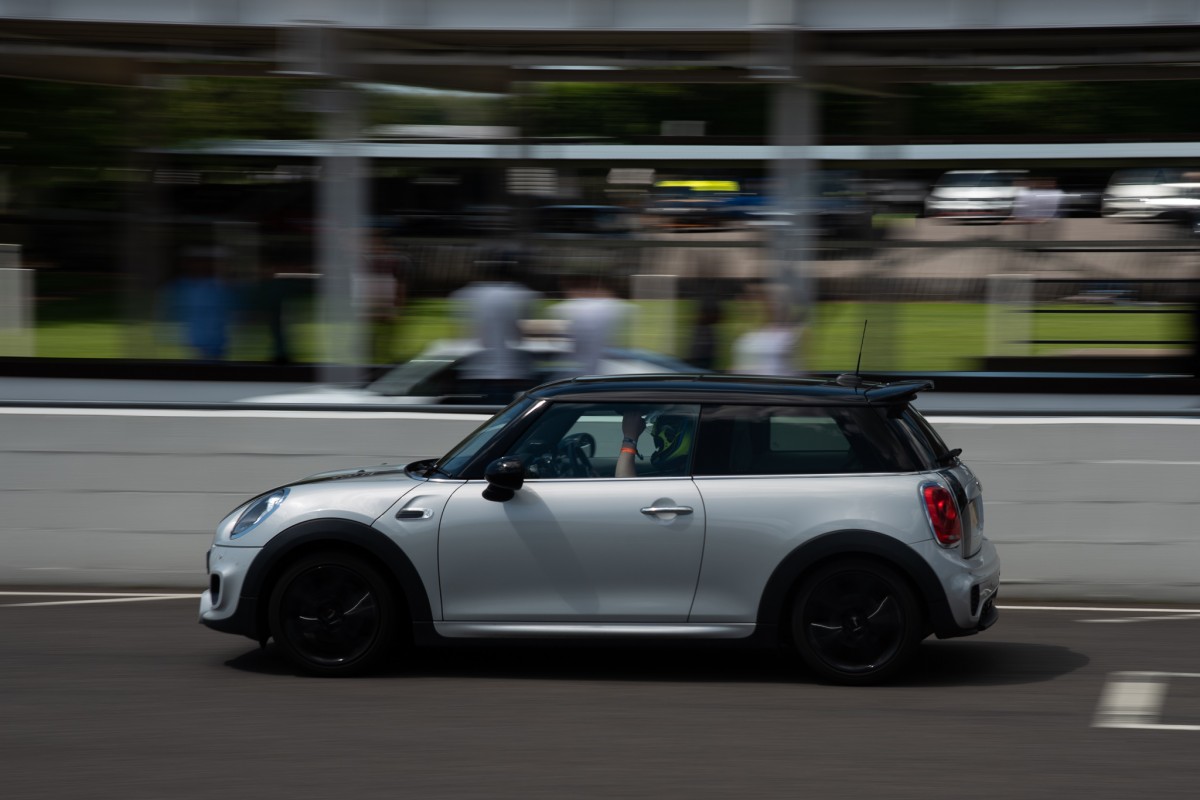

Shutter priority mode will allow you to adjust your shutter speed to get your desired look, and the camera will automatically adjust the aperture accordingly to ensure a well-exposed image. Using shutter priority means that you can more easily capture the speed and movement of the cars and it enables you to use the panning technique, which again, creates the blurred background, suggesting the fast movement of the car.
Try to focus on the car while it is coming towards you, and follow it with your camera while triggering the shutter. It is important to follow the car with a smooth, horizontal motion to prevent the car from blurring.
Set your camera to continuous high, meaning that it will capture several photos in quick succession. You will end up with thousands of photos, but there is a greater chance of capturing some nice, sharp images.
It is important that there is a focal point on an image. When the car is coming towards you, try to pick out and focus on a key area when panning through (i.e. a number on the side, the driver, or the number plate). It doesn't matter if the whole car isn't in focus, providing there is a section of the image that is sharp. Having said this, when the entire car is in focus, it creates a really impressive-looking mage.
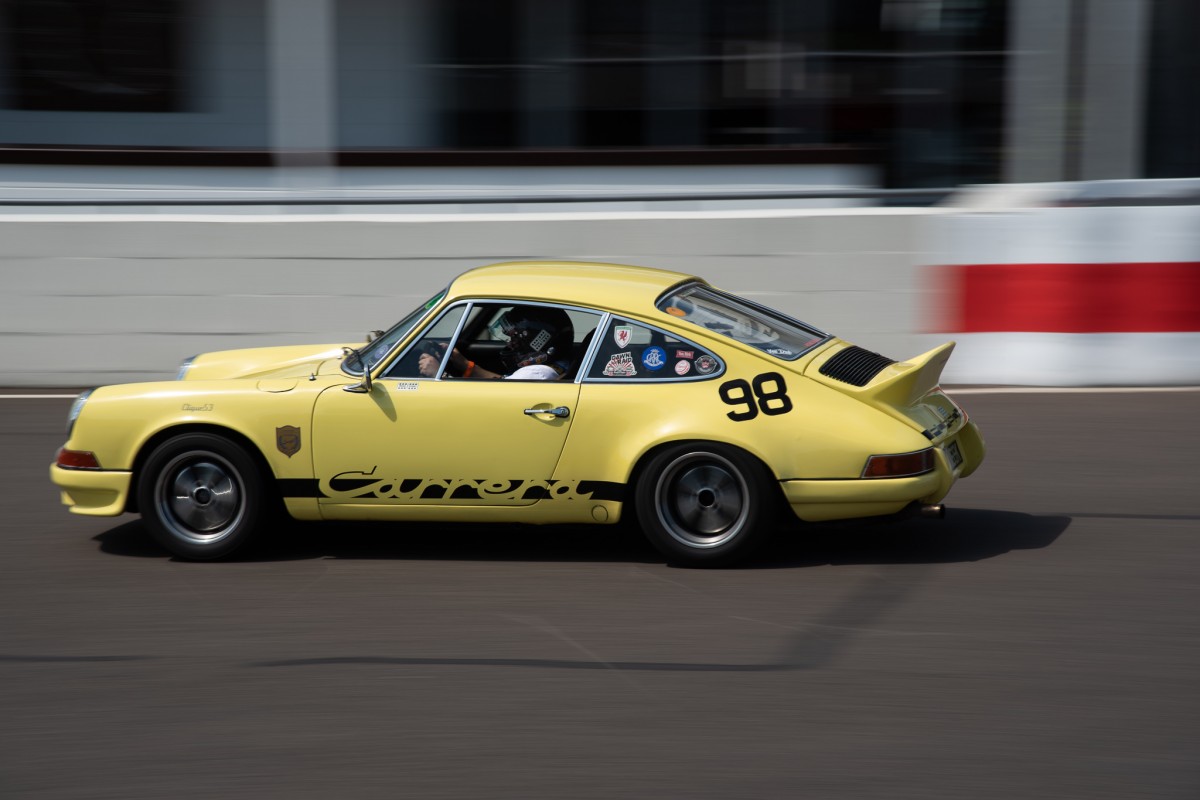
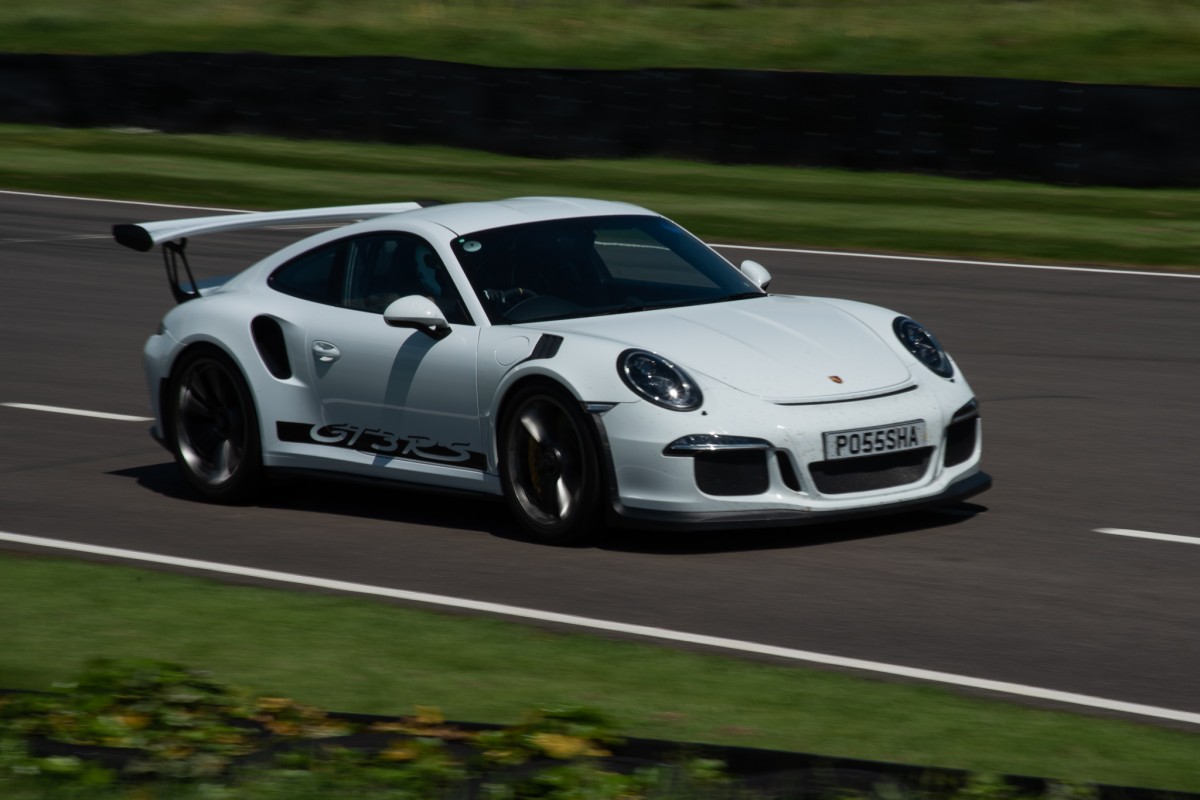
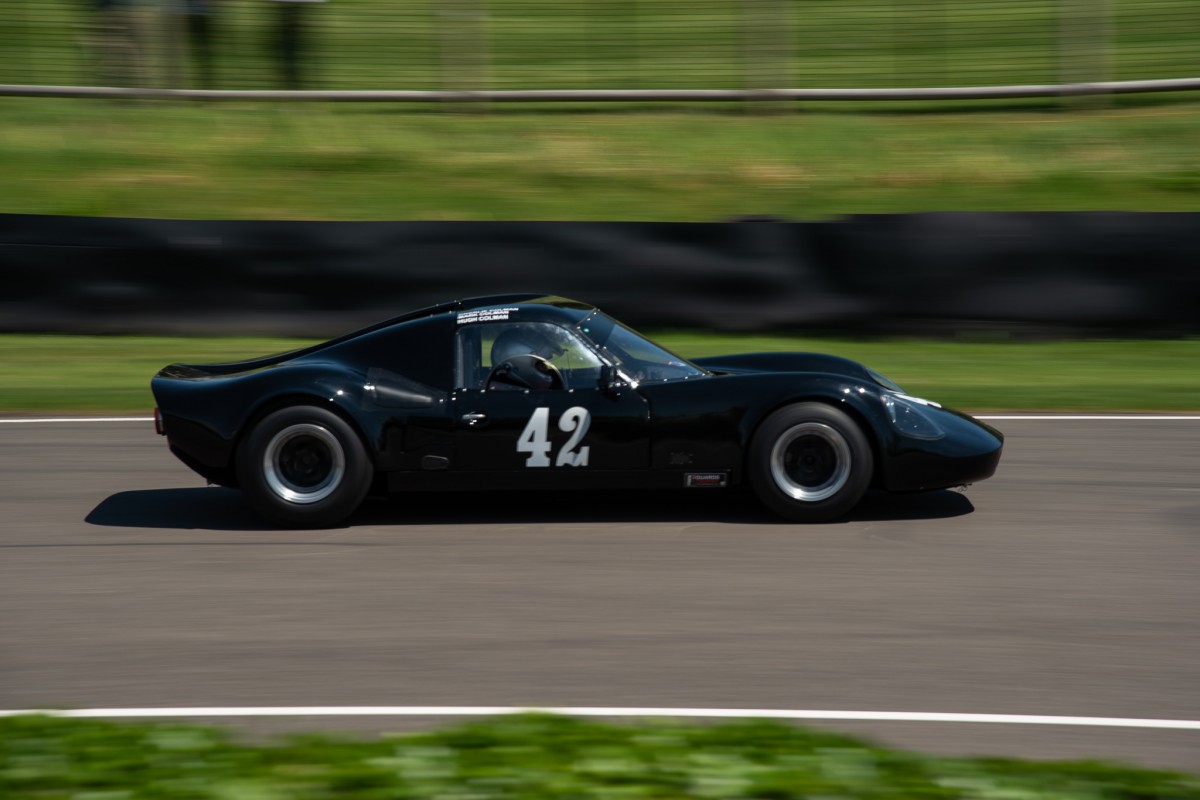
I was using a 24-120mm lens and I found that having a shorter focal length and then cropping in during the editing stage (if needed) worked best. Having a longer focal length when the car was approaching worked well, but as it passed in front of us, often I ended up cutting off the nose or the tail of the car. This can work as an image, but I think that, generally, having the full car in the shot works best.
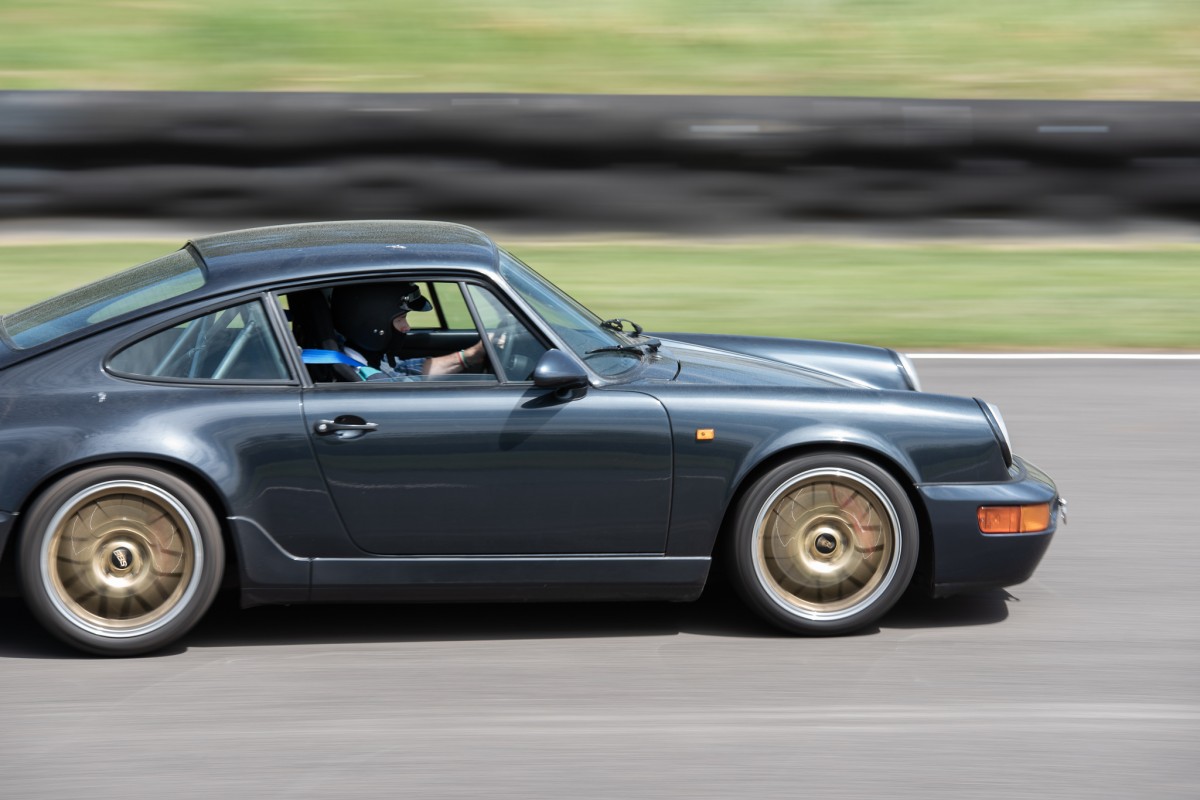
Realising this, I experimented with adjusting the focal length when panning. I started with a longer focal length as the car was approaching, and as it passed in front of me, reduced the focal length to ensure the whole car was in the shot. This seemed to be effective, but it made it harder to keep a smooth pan, so I had to use a faster shutter speed (1/200) to ensure I maintained the sharp focus.
The atmosphere and the build-ups to each session are often as exciting as the sessions themselves. It was fun to walk around the paddocks and snap some shots of the cars and also to capture them lining up in readiness to head out onto the track. Of course, for these more static shots, it's important to remember to switch back to aperture priority mode!
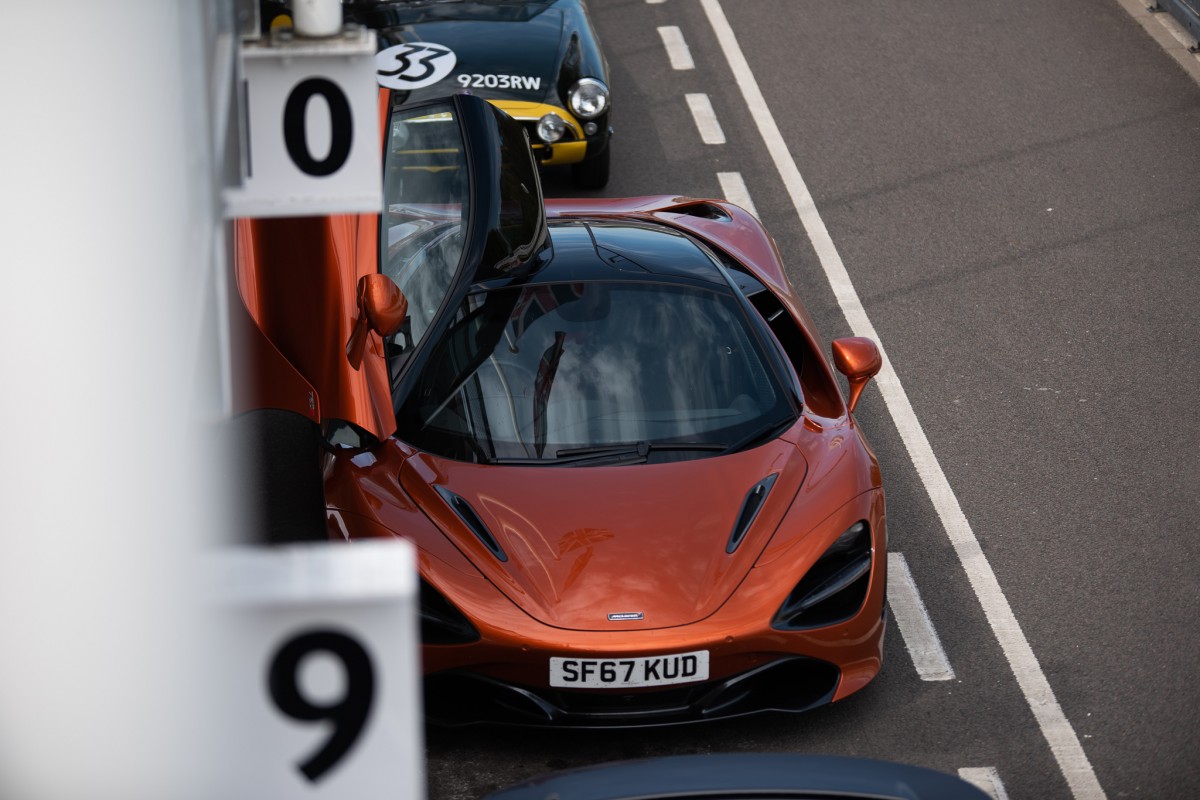
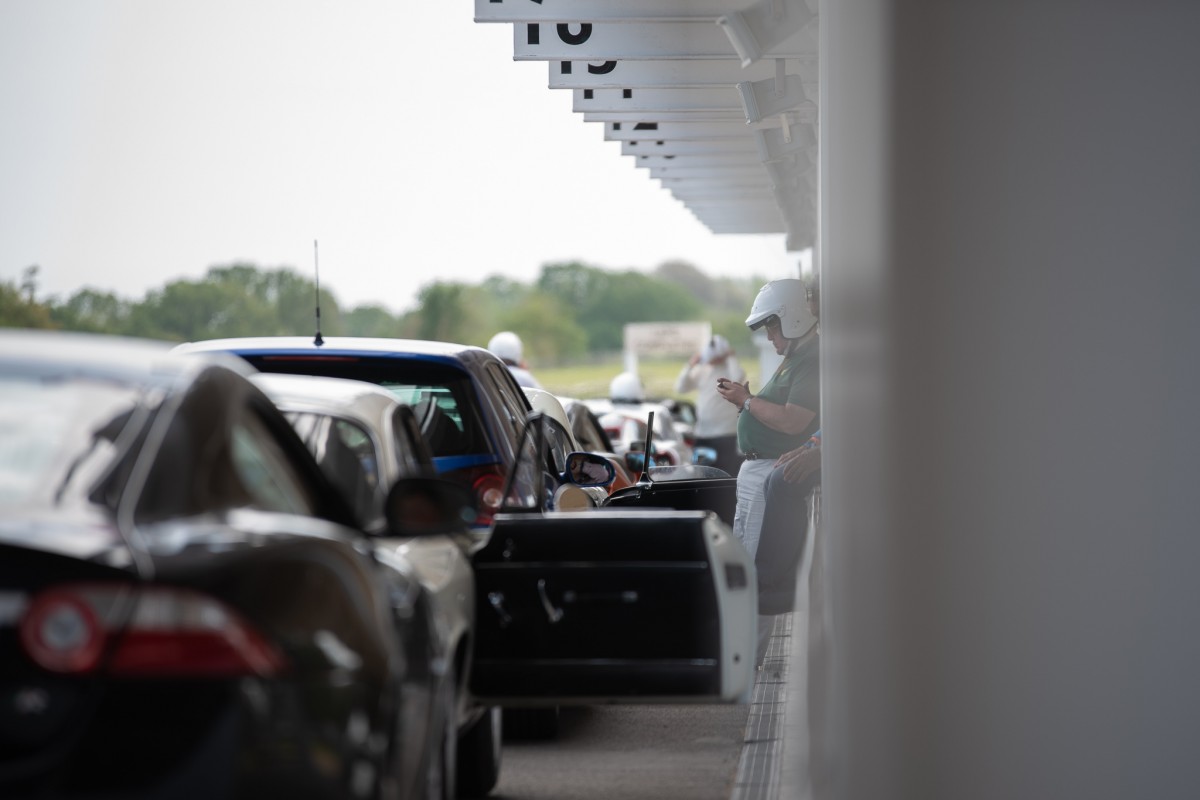
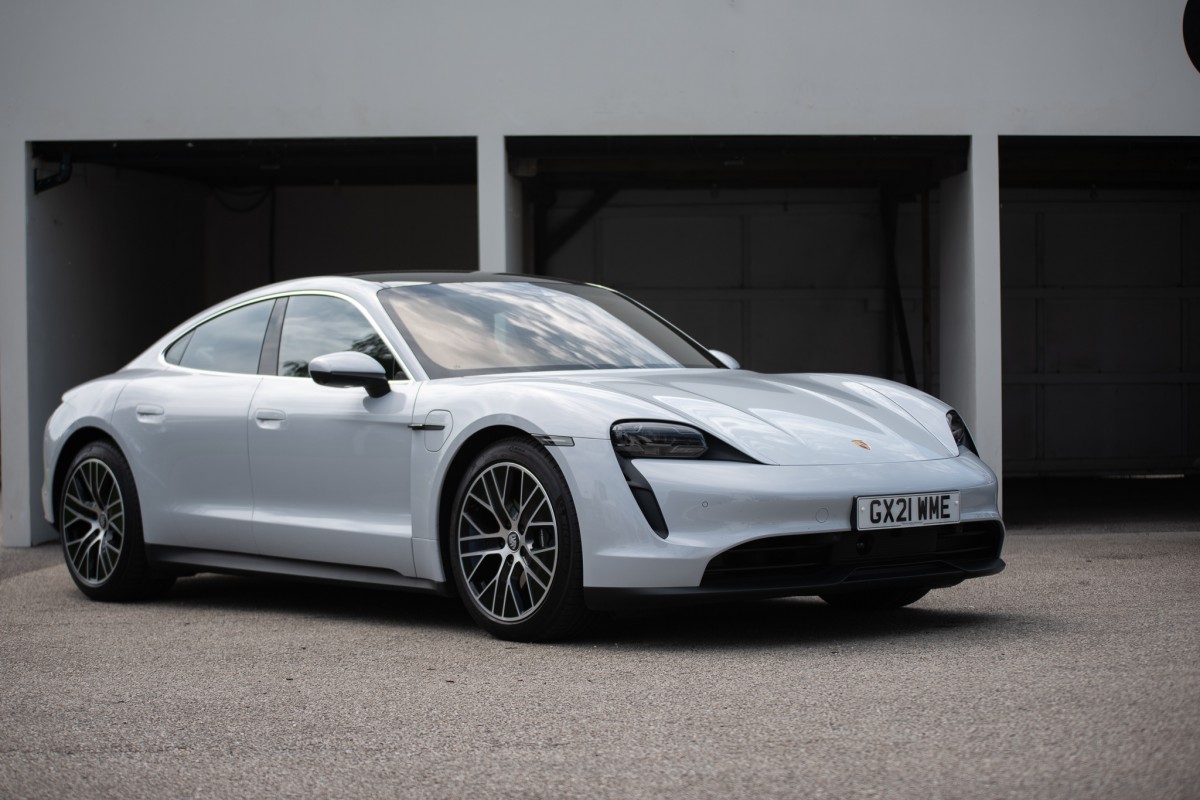
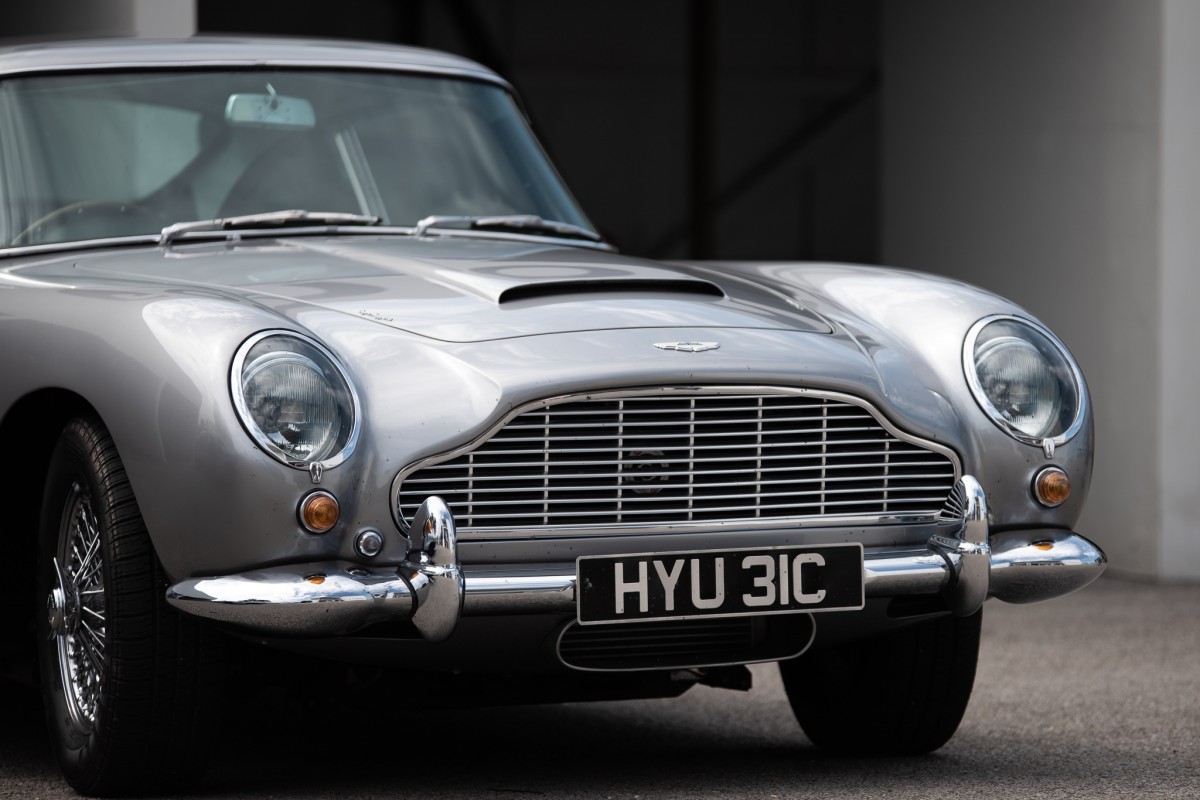
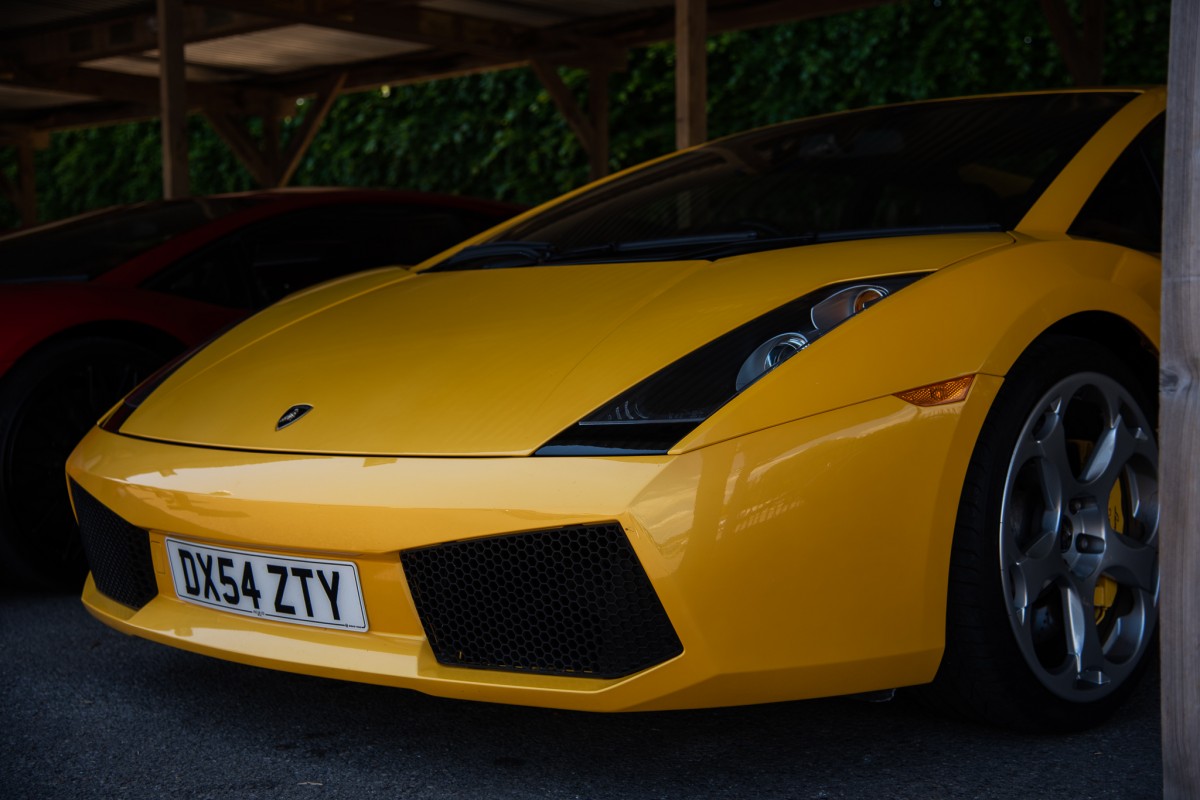

You can achieve very different shots from different angles, so it is worth venturing around the site and finding the angles you like to capture. Sometimes aperture priority mode may be more appropriate (i.e. when cars are coming into/through the chicanes as the cars slow down, so there is an opportunity to capture the details of the cars, rather than the impressive speed.
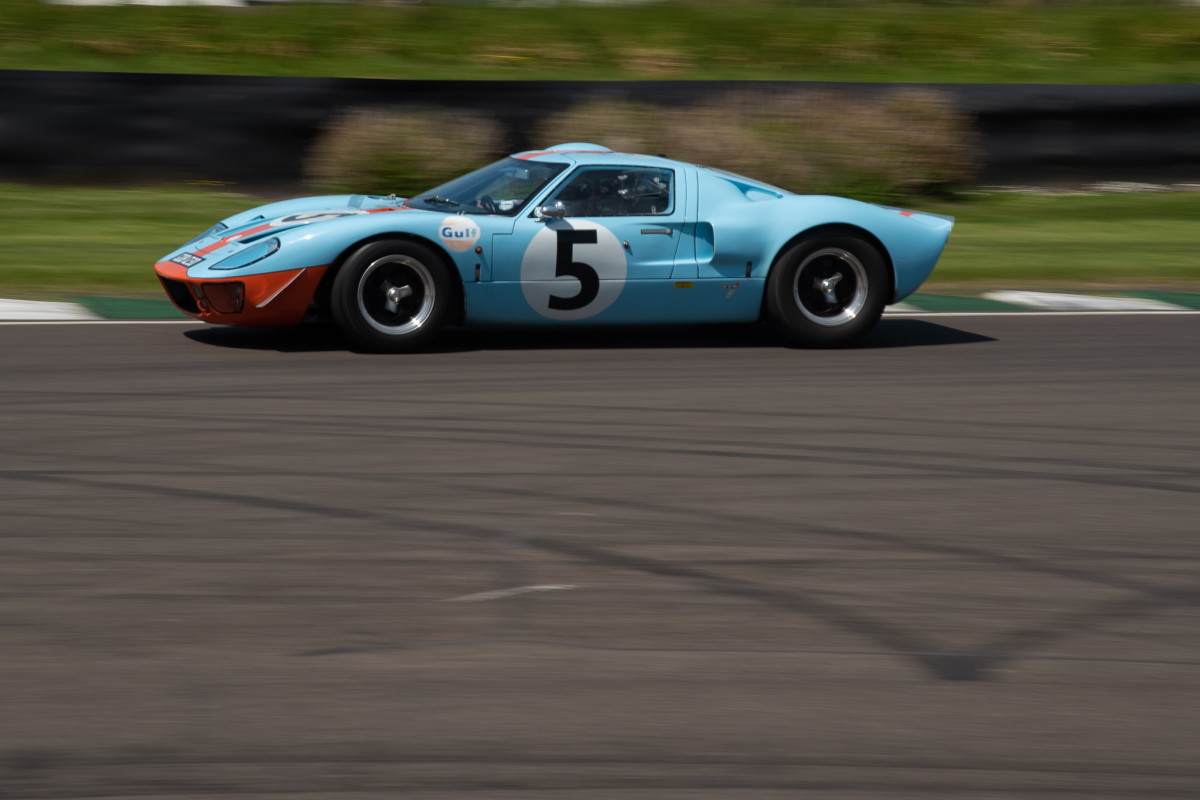
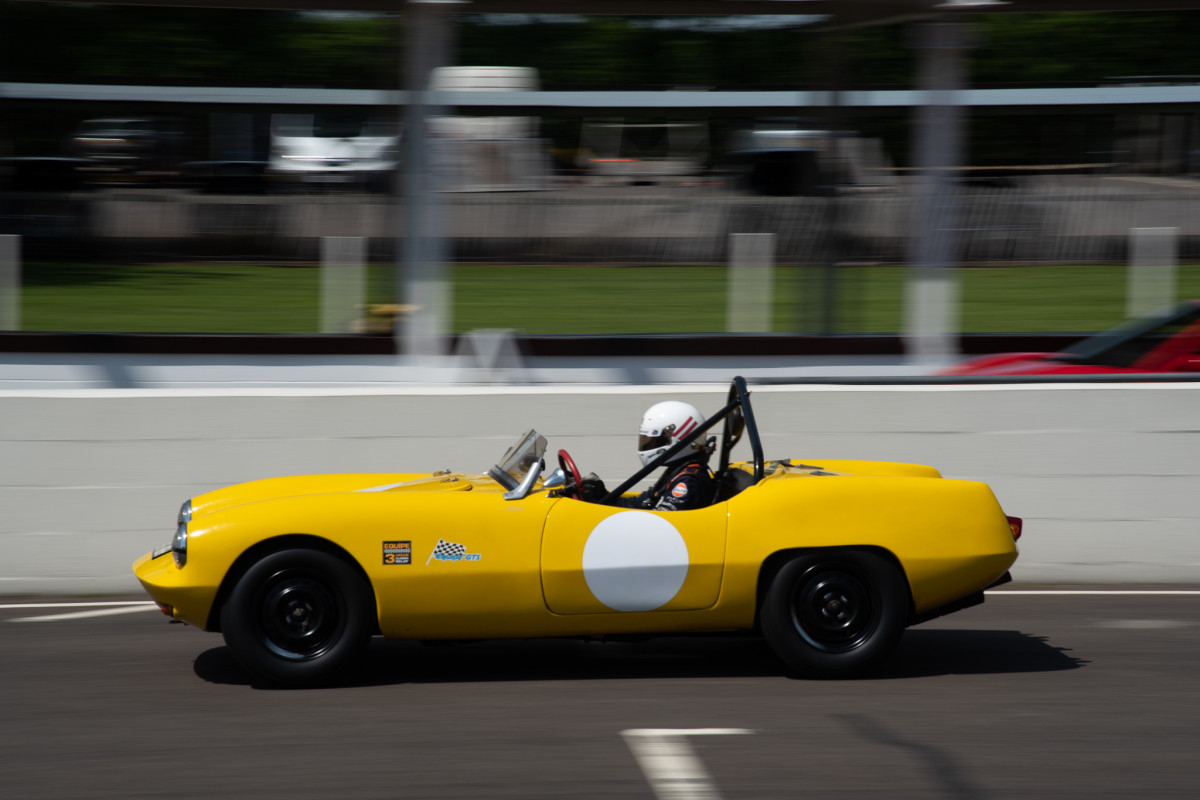
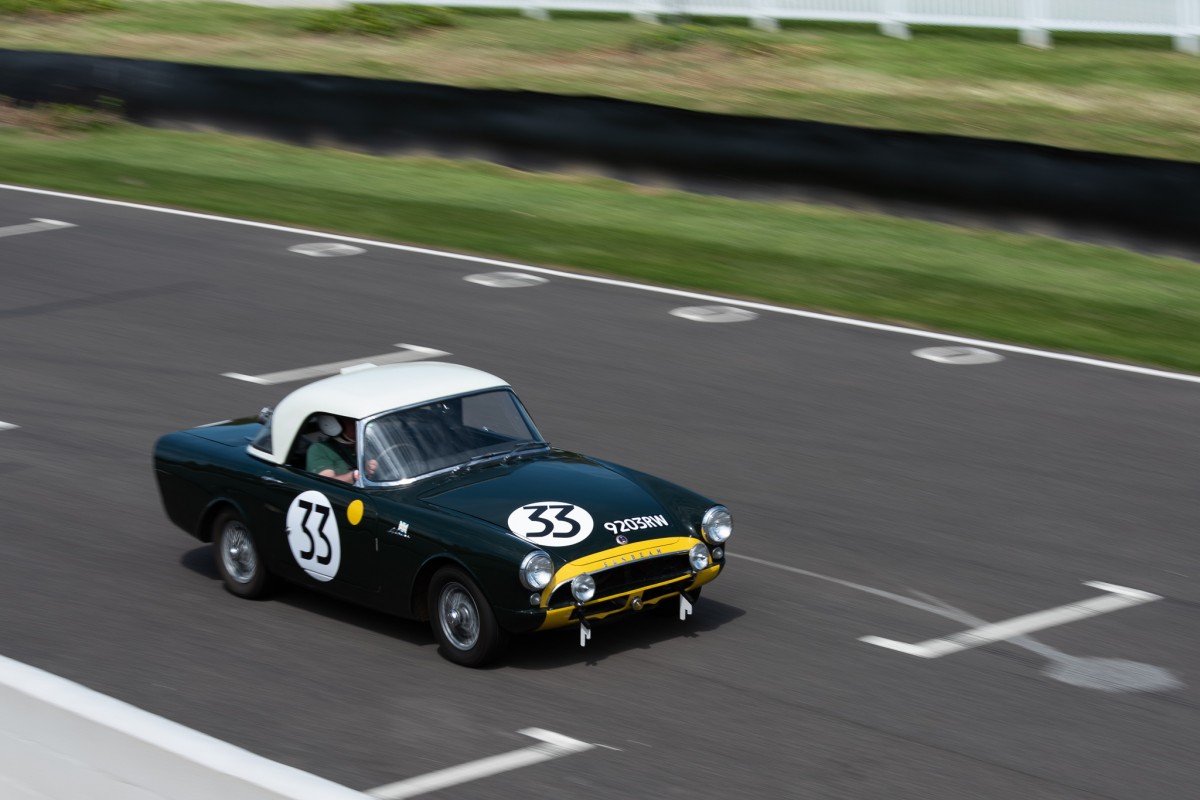
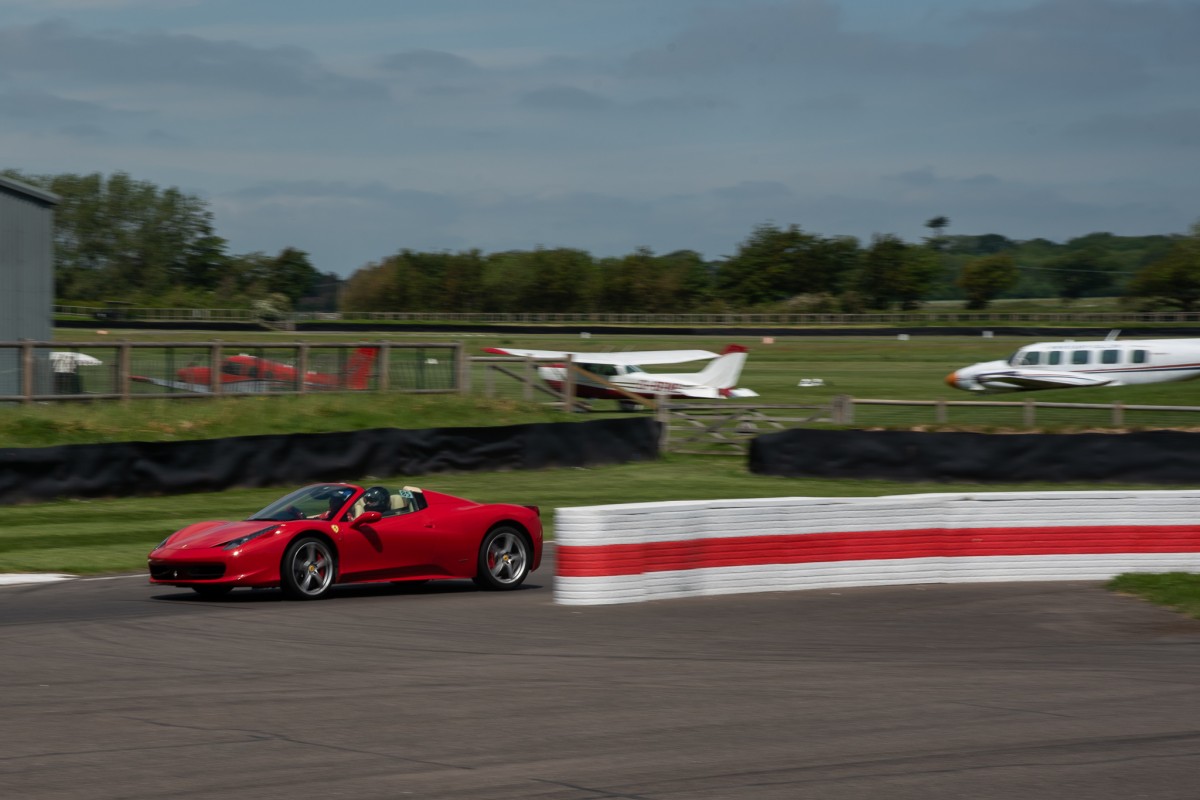
Below is an example of when aperture priority mode was used, rather than shutter priority. The whole image is in focus, which makes the car appear to be moving very slowly or even static, but it means that details of the car have been captured.
